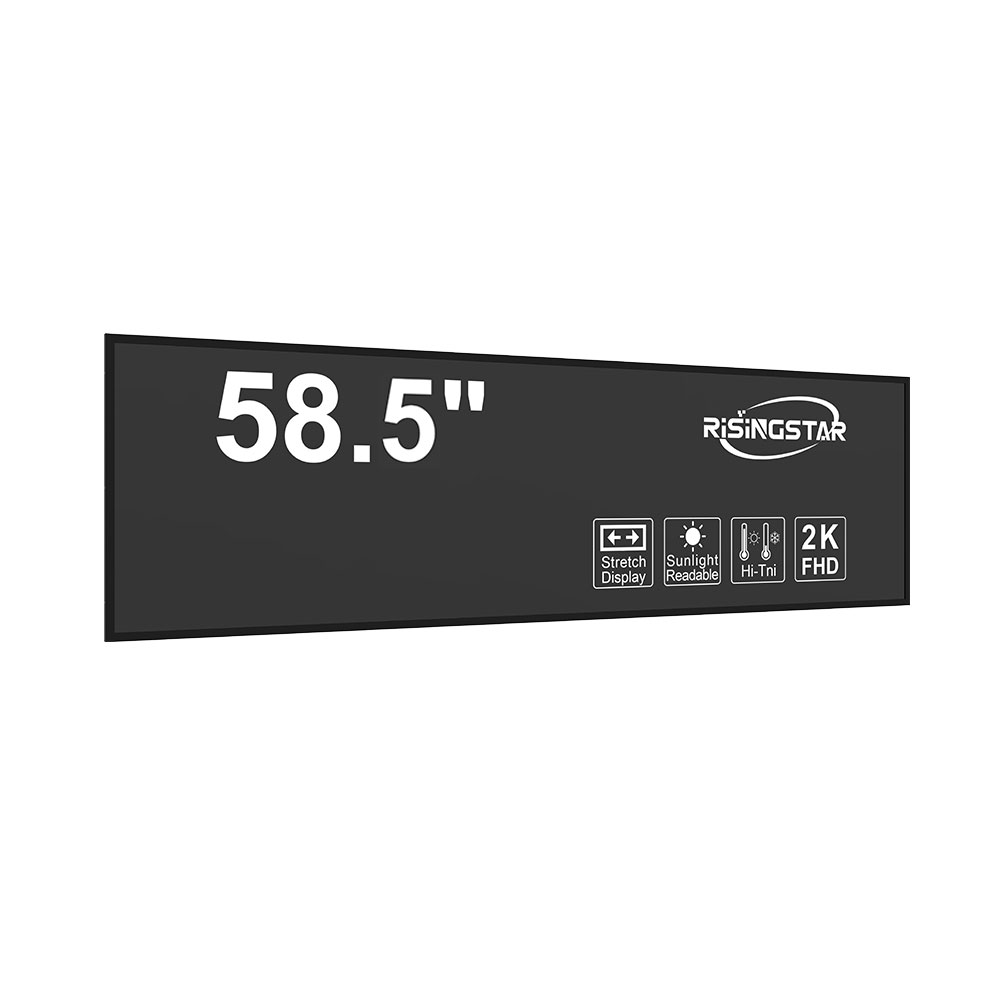
Privacy statement: Your privacy is very important to Us. Our company promises not to disclose your personal information to any external company without your explicit permission.
When designing outdoor LCD screens for commercial, industrial, or public information applications, selecting the correct display ratio is critical to ensure optimal visual performance, content readability, and space efficiency. Among the most common aspect ratios used in outdoor digital signage, the 4:3 format remains a staple—especially for 15", 17", and 19" screen sizes. This ratio was historically dominant in CRT monitors and early flat-panel displays, and it continues to offer distinct advantages in outdoor environments where vertical content density and compatibility with legacy systems matter.
A 4:3 display ratio means that for every 4 units of width, there are 3 units of height—a more square-like shape compared to modern widescreen formats like 16:9. For outdoor use, this ratio is particularly beneficial in scenarios such as kiosks, retail point-of-sale (POS) systems, public transportation info boards, and control room monitoring setups where text-heavy content, data dashboards, or multi-line interfaces are common. Unlike 16:9 screens that may require cropping or scaling for vertical content, 4:3 panels preserve full vertical resolution without distortion or loss of detail.
In the context of 15", 17", and 19" outdoor LCDs, these sizes represent a sweet spot between portability and visibility. According to industry standards from the Society of Motion Picture and Television Engineers (SMPTE), 15" screens typically serve as compact, ruggedized displays for mobile operations (e.g., emergency response vehicles), while 17" and 19" models are often deployed in fixed installations like building lobbies, gas stations, or factory floors. These sizes, when combined with 4:3 aspect ratios, maintain high pixel density—often at resolutions of 1024x768 (XGA)—which ensures sharp text rendering even under direct sunlight.
Outdoor LCD manufacturers such as LG, Sharp, and NEC have developed specialized panels with anti-glare coatings, high-brightness LEDs (typically 5,000–7,000 nits), and IP65-rated enclosures for 4:3 displays in these sizes. The result is a robust solution capable of operating reliably in temperatures ranging from -20°C to 60°C, meeting IEC 60529 standards for dust and water resistance.

Furthermore, 4:3 screens provide better compatibility with older software platforms and hardware architectures, especially in industrial automation and enterprise environments. A case study from a major logistics company in Germany demonstrated a 12% improvement in operator efficiency after switching from 16:9 to 17" 4:3 outdoor displays in warehouse management systems—primarily due to better fit for task-specific UI layouts and reduced scrolling fatigue.
In conclusion, for outdoor LCD applications requiring clarity, durability, and compatibility, 4:3 aspect ratios in 15", 17", and 19" models remain not only viable but often superior choices over wider formats. When paired with proper brightness calibration, environmental protection, and ergonomic design, these displays deliver long-term value in demanding conditions.

Email to this supplier

Privacy statement: Your privacy is very important to Us. Our company promises not to disclose your personal information to any external company without your explicit permission.